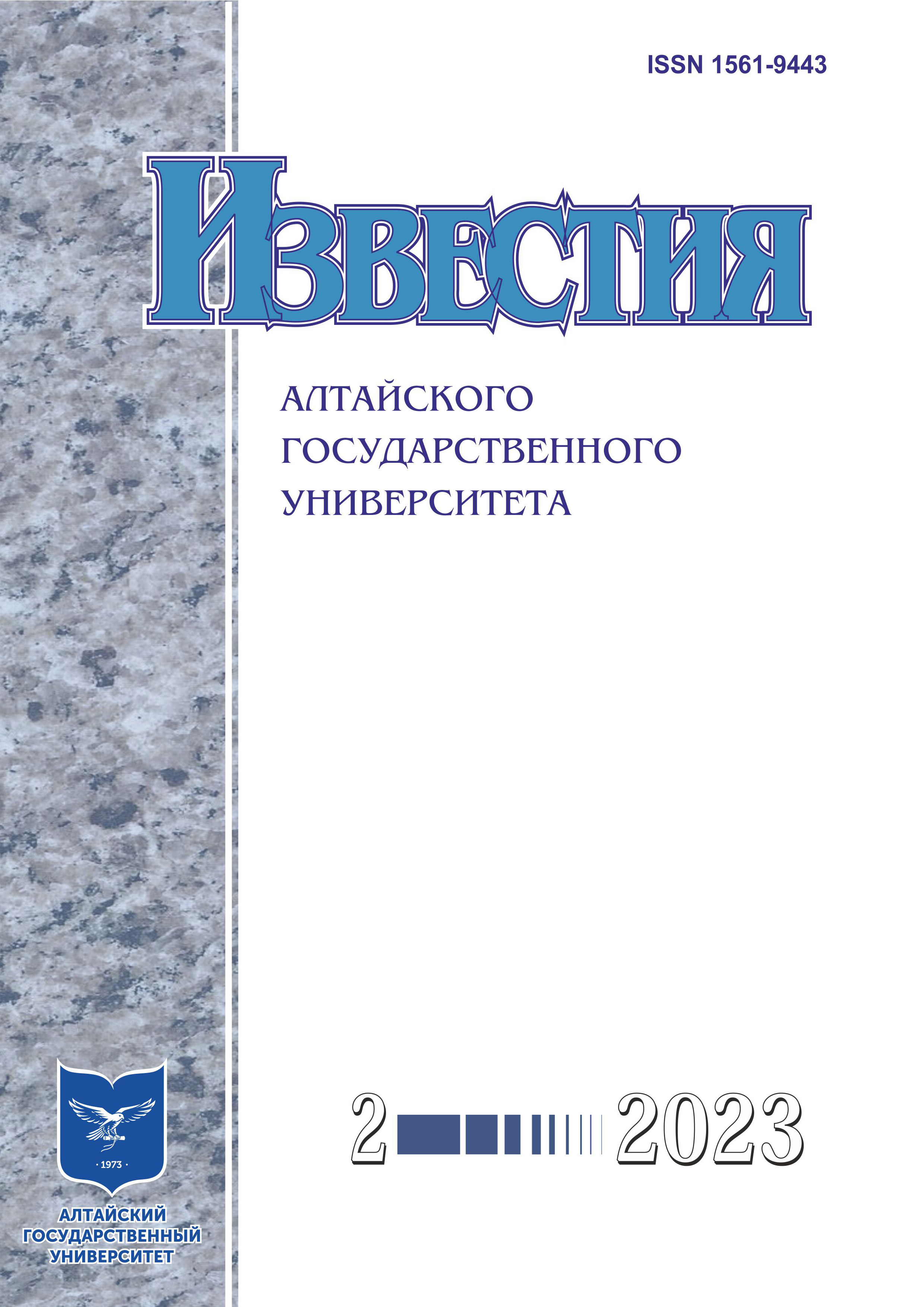Restoration and Development of the Altai Industry: the Experience of the NEP
УДК 33:94(571.1/.5).08 ББК 63.3(2)613-2
Abstract
The article examines the main directions of the development of the New Economic Policy (NEP) in the Altai industry, highlights the features of its implementation associated with regional specifics, which largely determined the features of the NEP formation in the industrial sector. At the same time, the restoration of industry is considered in the context of partial liberalization of the economy during the period of the NEP, it is concluded that there are conditions for the development of the industrial sector. Along with the characteristics of different forms of ownership, a comparative analysis of public, private and leased enterprises is given. It is indicated that regarding industry, the Soviet government limited itself only to the rejection of the state monopoly and free market orientation for industrial enterprises. Restrictive and often contradictory measures of the Soviet government concerning to the private sector led to a change in the forms and methods of activity of the Nepmans, hindered the concentration of capital in industry. Nevertheless, private enterprises, the bulk of which in Altai were small, artisanal enterprises, played an important role in saturating the market with everyday goods.
Downloads
Metrics
References
Лютов Л.Н. Государственная промышленность в годы нэпа (1921-1929). Саратов, 1996.
Демчик Е.В. Частный капитал в экономике Сибири периода нэпа. Барнаул, 2018.
Килин А.П. Частная торговля и кредит на Урале в годы нэпа. Екатеринбург, 2018.
Николаев А. А. Мелкая промышленность и кустарные промыслы Сибири в советской кооперативной системе (1920-1930-х гг.). Новосибирск, 2000.
Рыков А.И. Избранные произведения. М., 1990.
Государственный архив Алтайского края (ГААК). Ф. р-16. Оп. 4. Д. 6. Л. 41.
ГААК. Ф. 657. Оп. 1. Д. 1.
Жизнь Сибири: ежемесячный журнал политики, экономики и краеведения (Новосибирск). 1923. № 5.
Алтайский ежегодник за 1922-1923 хозяйственный год. Барнаул, 1924.
Собрание узаконений и распоряжений правительства за 1921 г. Управление делами Совнаркома СССР. М., 1944.
ГААК. Ф. р-328. Оп. 1. Д. 19.
Демчик Е.В. Создание советской банковской системы: от коммерции к администрированию (1920-е — первая половина 1940-х годов) // Банковское дело на Алтае. Вторая половина XIX — начало XXI века. Барнаул, 2010.
ГААК. Ф. р-16. Оп. 3. Д. 28.
Советская Сибирь: орган Новосибирского обкома и горкома ВКП(б). (Новосибирск). 1923. № 49.
Copyright (c) 2023 Евгения Валентиновна Демчик , Ирина Михайловна Дубик

This work is licensed under a Creative Commons Attribution 4.0 International License.
Izvestiya of Altai State University is a golden publisher, as we allow self-archiving, but most importantly we are fully transparent about your rights.
Authors may present and discuss their findings ahead of publication: at biological or scientific conferences, on preprint servers, in public databases, and in blogs, wikis, tweets, and other informal communication channels.
Izvestiya of Altai State University allows authors to deposit manuscripts (currently under review or those for intended submission to Izvestiya of Altai State University) in non-commercial, pre-print servers such as ArXiv.
Authors who publish with this journal agree to the following terms:
- Authors retain copyright and grant the journal right of first publication with the work simultaneously licensed under a Creative Commons Attribution License (CC BY 4.0) that allows others to share the work with an acknowledgement of the work's authorship and initial publication in this journal.
- Authors are able to enter into separate, additional contractual arrangements for the non-exclusive distribution of the journal's published version of the work (e.g., post it to an institutional repository or publish it in a book), with an acknowledgement of its initial publication in this journal.
- Authors are permitted and encouraged to post their work online (e.g., in institutional repositories or on their website) prior to and during the submission process, as it can lead to productive exchanges, as well as earlier and greater citation of published work (See The Effect of Open Access).








